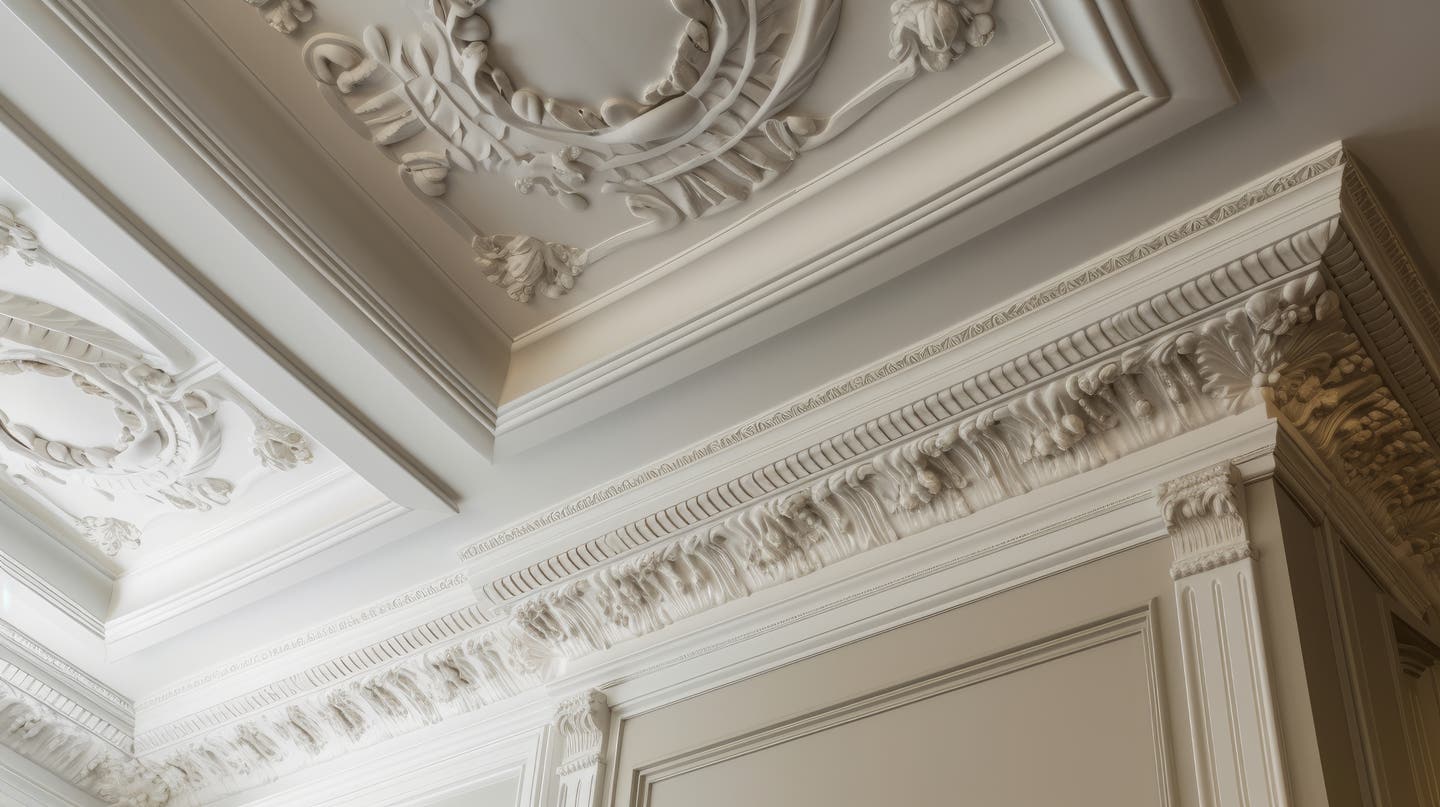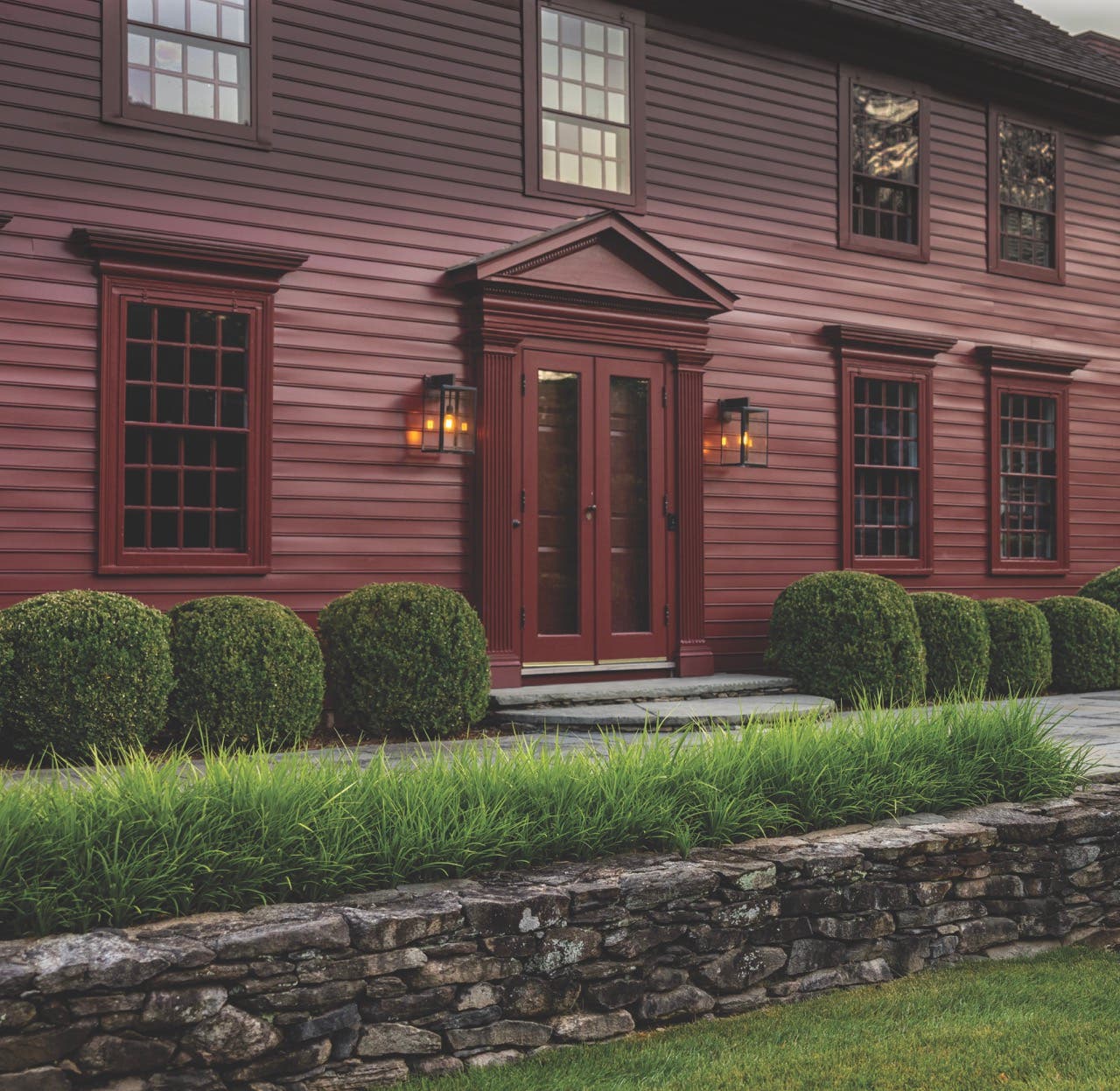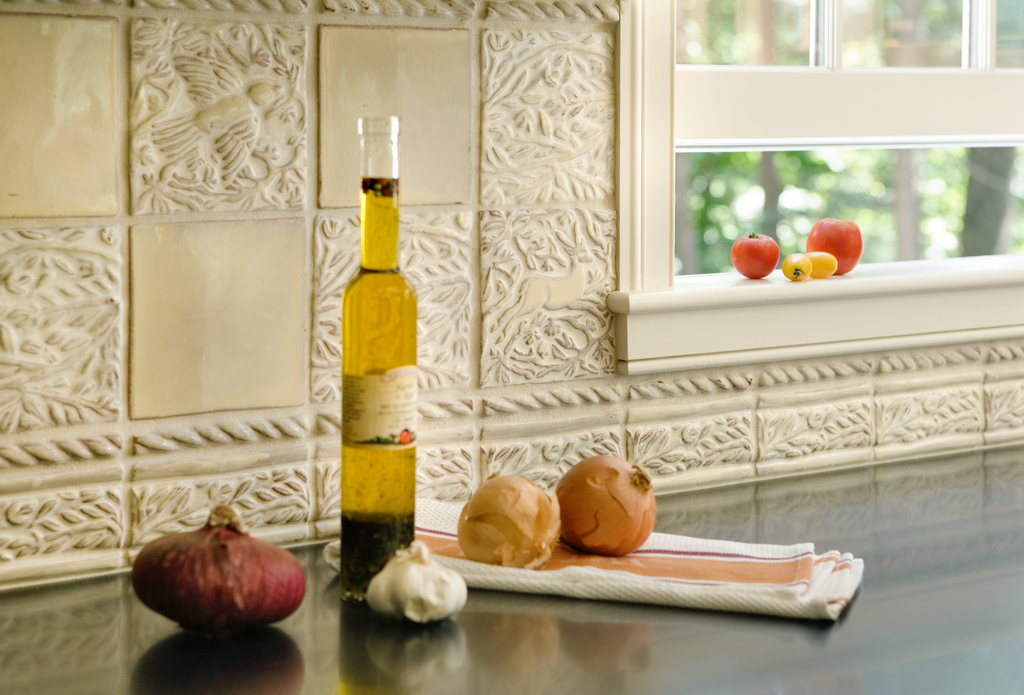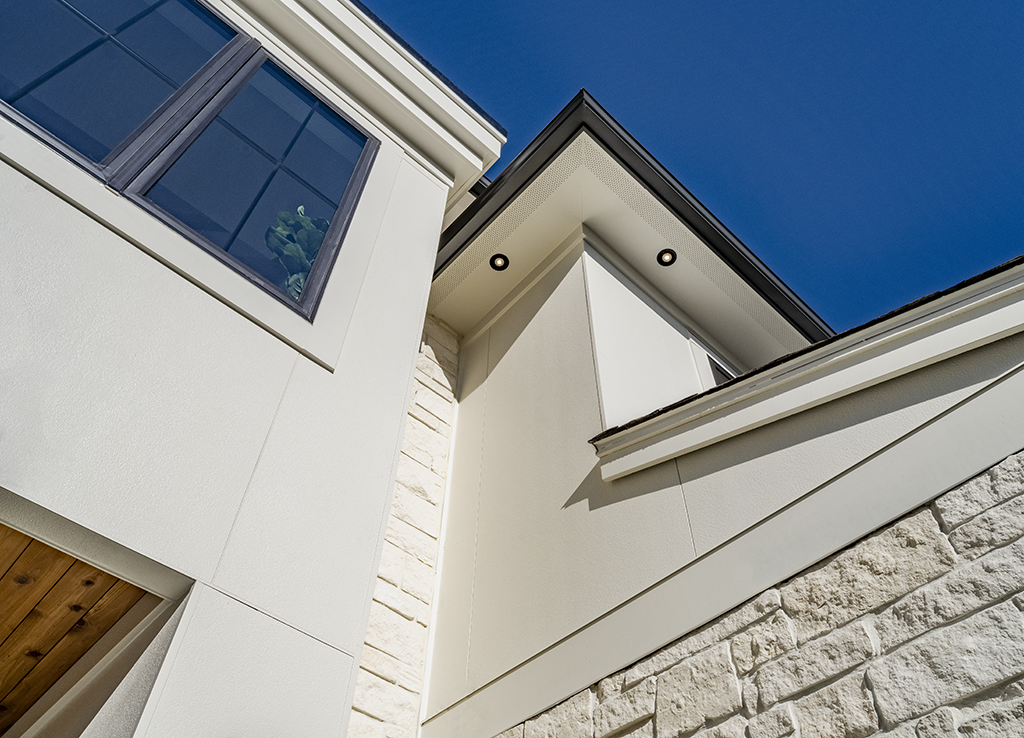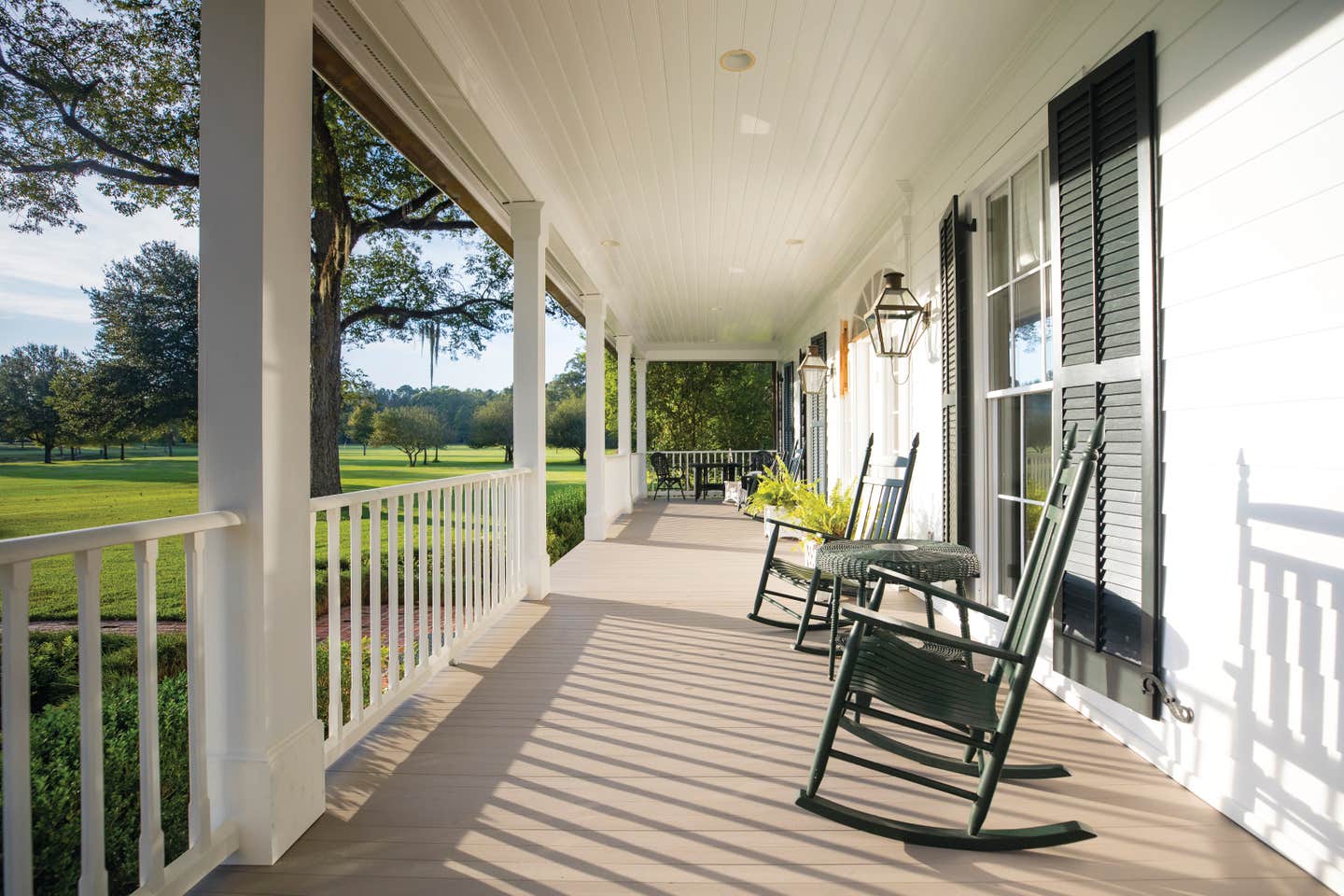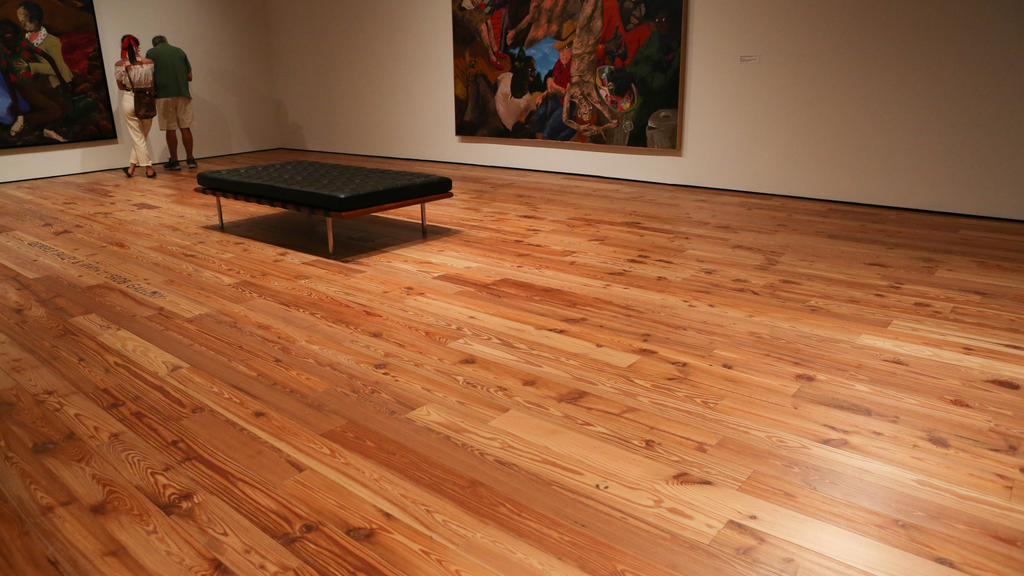
Product Reports
River Reclaimed
Architecture is all about storytelling, and in some cases, it’s the historic products that move the plot forward.
For nearly a half century, Goodwin Co. has been creating new chapters by supplying centuries- and millenniums-old virgin-growth heart pine and heart cypress wood for public and private projects around the country.
Carol Goodwin, who, along with her husband, George, owns the company, points to the Otis Hawkins Center, an 82,613-square-foot multipurpose complex at the University of Florida that houses everything from a 125-seat auditorium to scores of tutoring labs. Its walls and ceilings are covered with 10,000 square feet of Goodwin Co.’s longleaf pine, earning it the nickname The Swamp.
It is, Carol says, a nod to the wood’s scientific moniker—pinus palustris or pine of the marsh—as well as the Gainesville school’s mascot, the swamp-dwelling alligator.
George, who is 75 and still shows up at the mill to saw every day, fell in love with antique wood when he pulled his first submerged log out of the water in 1976. He bought a sawmill at auction and taught himself the craft, eventually buying 50 acres surrounded on three sides by the Paynes Prairie Preserve State Park near Micanopy, the oldest inland town in Florida.
Originally powered by the engine of a second-hand Mack truck, the sawmill’s operations are now spread over a dozen buildings.
Carol is quick to note that Goodwin Co., which owns the federal registered trademark for the term River Recovered, was the first reclaimed wood company to offer vertical grain, which is crucial to accurate historical restorations, and was the first to offer antique heart pine engineered flooring made in the United States instead of Asia.
The 22-employee company, which also sells sustainable, rescued wild black cherry wood, is environmentally conscious. It was George who enlisted the Nature Conservancy and Sierra Club to successfully lobby to get the state to require loggers to have a permit.
Carol, an environmental activist and supporter, is the founder of the Reclaimed Wood Council, the Wood Floor Guild, and the Association for the Restoration of Longleaf Pine. “My mission in life is to help people live healthy and to preserve the planet,” she says.
As it turns out, George chose the perfect location for the sawmill. Florida’s 23 million acres of longleaf heart pine were the largest in the tree’s ecosystem.
After the Civil War, when southern land was cheap, northern sawmills bought large plots of land and harvested on an industrial scale, transporting the wood on the rivers via log rafts. During the transfer, it was common for some logs to be lost as denser ones sank.
By 1881, the state’s river edges were clear cut, and in the years before World War II, all of the resources were exhausted.
The lost logs remained in the water until people like George found them, wrapped them with airline cable and pulled them up with a winch.
“They are perfectly preserved,” Carol says, adding that the mill has some 650 logs in its pond that the company bought from loggers who work under the permits George advocated for.
The company has done a number of high-profile public projects. It supplied the antique heart pine flooring—thick, wide, and a highly specified grade per growth rings and knot sizes with few nail holes—for the restoration of the Texas Governor’s Mansion in Austin after a 2008 arson.
Goodwin Co.’s curly antique vertical grain heart pine, a rarity, was used in the restoration and repair of Mississippi’s Charnley-Norwood House, which was designed by Louis Sullivan and Frank Lloyd Wright.
One of the more challenging projects, according to Carol, was the conversion of the Old Sarasota High School, a historic landmark, into the Sarasota Art Museum on the campus of Ringling College in Sarasota, Florida.
Goodwin Co. made 23,000 square feet of engineered heart pine flooring from the building’s joists.
“This was the most resinous heart pine we had seen in our 40-plus years of working with the wood,” Carol says. “Because sawing the lamellas [the finished top layers of the floor] was slow due to the high resin content, we sent it to another company that said they had no limitations. The wood tore up their equipment in the first five boards. So we ended up sawing them ourselves.”
Noting that Goodwin Co. follows the 1904 and 1924 grading rules set by the heart pine industry, Carol says that “the standards from yesteryear are the way to go.”
It is heart-warming, she says, to be a part of history. “We love to be able to work with materials that are remnants of forests that will never exist again in their climax state,” she says. “To see them put to good use is special.”




